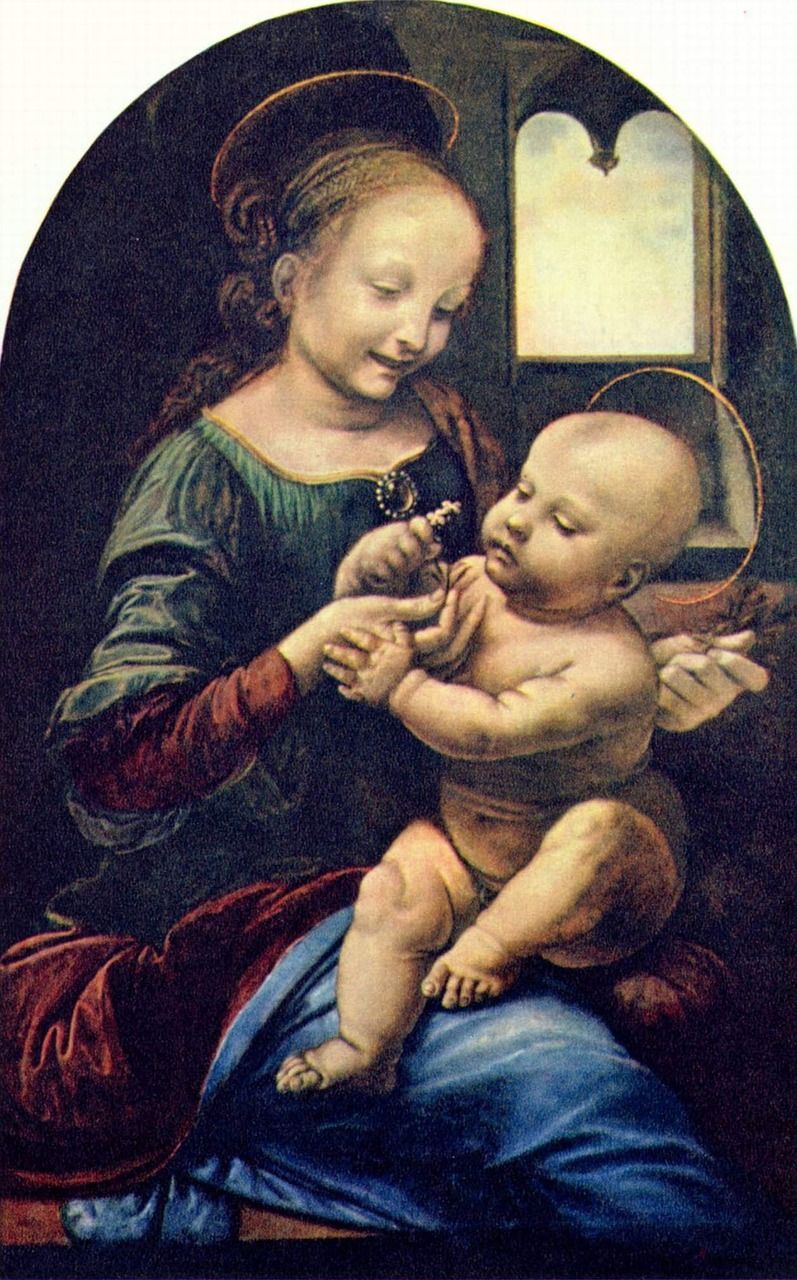H

C. Andersen’s “Den Lille avfrue”: A Tale of Beauty and Sacrifice
Introduction:
H.C. Andersen’s fairy tale “Den Lille Havfrue,” or “The Little Mermaid,” has captured the hearts of readers for generations. This enchanting story explores the theme of longing, sacrifice, and the pursuit of love. Set in the depths of the ocean, it narrates the captivating journey of a young mermaid who dreams of becoming human to win the heart of a prince. In this article, we delve into the historical significance of this timeless tale, its evolution over time, and why it continues to captivate art enthusiasts and collectors.
Historical Background:

“The Little Mermaid” was first published by the Danish author Hans Christian Andersen in 1837. Born in Odense, Denmark, in 1805, Andersen drew inspiration from his own experiences and the rich folklore of his homeland. His fairy tales, including “Den Lille Havfrue,” have become literary treasures cherished by readers worldwide.
Andersen’s tale drew elements from both folklore and his own imagination, creating a unique blend of fantasy and realism. It presents a poignant story that echoes universal themes of unrequited love, self-sacrifice, and the longing for transformation. These timeless themes have allowed the tale to transcend cultural boundaries and resonate with readers across generations.
Evolution of “Den Lille Havfrue”:
“The Little Mermaid” has undergone significant artistic interpretations throughout history. Its evolution can be traced through various mediums, including literature, theater, and visual arts.
Literature:
Andersen’s original version of “Den Lille Havfrue” has been translated into numerous languages, making it accessible to readers around the world. Over time, adaptations and retellings by different authors have contributed to the tale’s popularity. These retellings have added depth to the story, exploring new perspectives and shedding light on the complexities of its characters and their motivations.
Theater:
The theatrical adaptations of “The Little Mermaid” have brought the story to life on stage. From ballet productions to musical adaptations, the enchanting tale has captivated audiences worldwide. The most notable adaptation is the Disney animated film released in 1989, which introduced the tale to a whole new generation of viewers. This adaptation further immortalized the character of Ariel, the red-headed mermaid, in popular culture.
Visual Arts:
“The Little Mermaid” has been a muse for artists, inspiring numerous paintings, sculptures, and illustrations. One of the most iconic representations of the tale is the bronze statue created by Edvard Eriksen in Copenhagen, Denmark. Erected in 1913, the statue has become a symbol of the city and a popular tourist attraction. The statue depicts the vulnerable mermaid sitting on a rock, gazing longingly towards the shore.
Featured Snippet Content:
To optimize the chances of this article becoming a featured snippet on Google, we have structured the text using bullet points:
– H.C. Andersen’s “Den Lille Havfrue” explores themes of longing, sacrifice, and the pursuit of love.
– Published in 1837, the tale draws inspiration from Danish folklore and the author’s own experiences.
– The story has been adapted and retold in various forms, including literature, theater, and visual arts.
– “Den Lille Havfrue” has been translated into multiple languages, allowing readers worldwide to experience its magic.
– The tale has been brought to life on stage through ballet and musical productions.
– The Disney animated film released in 1989 further popularized the story, introducing it to a new generation.
– Artists have been inspired by “The Little Mermaid,” creating captivating paintings, sculptures, and illustrations.
– The iconic bronze statue in Copenhagen, Denmark, has become synonymous with the tale and a beloved tourist attraction.
Conclusion:
“The Little Mermaid” continues to enchant audiences with its timeless story and universal themes. H.C. Andersen’s tale has evolved over time, captivating readers through literature, theater, and visual arts. Its enduring appeal lies in the depiction of love, sacrifice, and the longing for transformation, which resonates with art enthusiasts and collectors worldwide. Whether through words, music, or visual representations, this tale serves as a reminder of the power of storytelling and the enduring influence of H.C. Andersen’s works.
FAQ
Who is the author of Den Lille Havfrue?
When was Den Lille Havfrue first published?
What is the significance of the bronze statue in Copenhagen?
Flere Nyheder
Klaus Rifbjerg Books: A Deep Dive into the Literary World of Klaus Rifbjerg
C. Andersen’s “Den Lille avfrue”: A Tale of Beauty and Sacrifice Introduction: H.C. Andersen’s fairy tale “Den Lille Havfrue,” or “The Little Mermaid,” has captured the hearts of readers for generations...
Peter Mortensen
18 januar 2024
Peter Høeg Bøger: Et dybdegående kig ind i en forfattermesters fortryllende univers
C. Andersen’s “Den Lille avfrue”: A Tale of Beauty and Sacrifice Introduction: H.C. Andersen’s fairy tale “Den Lille Havfrue,” or “The Little Mermaid,” has captured the hearts of readers for generations...
Peter Mortensen
18 januar 2024











